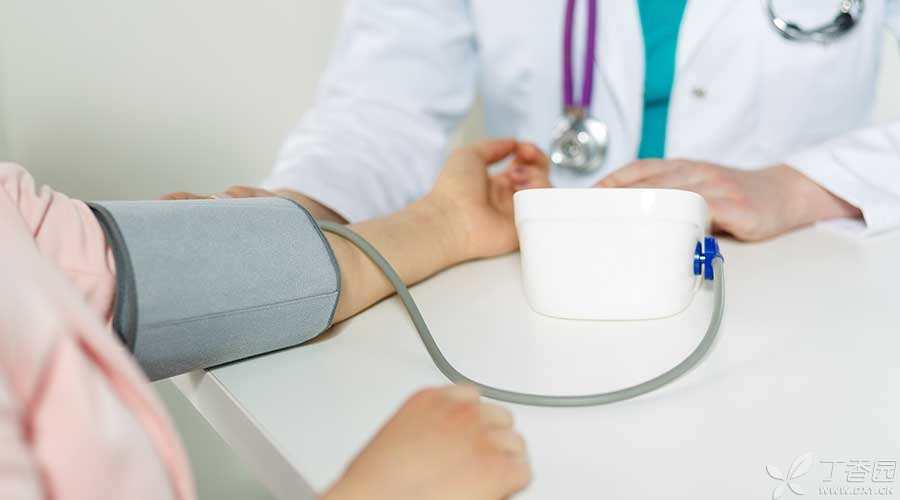
Secondary hypertension refers to the patient’s blood pressure rise is the manifestation of other diseases. When the cause of hypertension is removed, hypertension can be cured or obviously relieved. However, this part of hypertension that can be cured only accounts for 5% ~ 10% of the hypertension population. Most hypertension patients are primary hypertension, which is hypertension with unclear etiology.
Common diseases that can cause hypertension mainly include the following, let’s list them one by one.
Hypertension caused by nephropathy
This is the most common secondary hypertension and is more common among young people.
The main function of the kidneys is to secrete urine, To regulate the blood volume in the human body, when renal function is abnormal, the blood volume will increase, and the liquid in blood vessels will also increase. People can imagine the blood vessels of the human body as a complete set of complicated water pipes. When the volume of the pipes remains unchanged, there will be more liquid flowing inside, and the pressure on the wall of the pipes will naturally increase, so blood pressure will rise.
In addition to this, the kidney also has endocrine function, which can secrete various hormones to regulate vasoconstriction and relaxation. When the secretion of these hormones is disordered, blood pressure will also be abnormal.
When blood pressure is found to rise, doctors will generally suggest renal function examination, especially for young people, so as to find renal function abnormalities in time and control them as early as possible.
However, hypertension itself, if not properly controlled, will also cause kidney damage, which in turn will aggravate hypertension and form a vicious circle.
Therefore, whether it is hypertension or renal dysfunction, it should be controlled as soon as possible after discovery, so as not to develop the disease to the point where it is not easy to control.
Endocrine abnormality
When endocrine organs appear hyperplasia, tumor or secretion abnormalities, the mechanism of regulating fluid and vasodilation and contraction in the body will appear abnormalities, and blood pressure abnormalities will also occur. When these endocrine abnormalities are corrected, hypertension can also be effectively controlled.
Today, let’s briefly talk about relatively common endocrine abnormalities.
Primary aldosteronism
Aldosterone is a hormone secreted by adrenal gland, which regulates the balance of water and salt in the body. When secretion increases, patients may suffer from hypertension, hypernatremia and hypokalemia. Adrenal tumor and adrenal hyperplasia may cause aldosterone secretion to increase.
Clinically, doctors will carry out relevant examinations on patients with the following conditions to exclude primary aldosteronism.
- Hypertension in young people; It is found that the blood pressure level is especially high (especially higher than 180/110 mmHg) when hypertension occurs. Primary aldosteronism is found in close relatives. Refractory hypertension whose blood pressure cannot be well controlled after taking more than three antihypertensive drugs.
Pheochromocytoma
This is an adrenal tumor, more than 90% of which is benign. The tumor can secrete a hormone that causes blood pressure to fluctuate. Patients with this disease have blood pressure rising and falling like a roller coaster. When blood pressure rises sharply, patients can have obvious symptoms of [headache, palpitation and hyperhidrosis].
Cushing’s syndrome
Also known as hypercortisol, hypertension patients with this disease may also have the following conditions:
- Centripetal obesity: obesity in head, chest, abdomen and back, thinner limbs and less muscles; There are purplish red lines on the skin, thin and bloodshot skin on the face, and acne is easy to grow. Diabetes or abnormal blood sugar; Osteoporosis; Sexual hypofunction, women may also have abnormal menstruation; Infection is easy to occur and body resistance decreases.
To diagnose hypertension caused by endocrine abnormalities, it is necessary to check the hormone level in blood and check whether the corresponding endocrine abnormalities exist.
In addition to kidney disease and endocrine abnormalities, there are hypertension and aortic stenosis caused by renal artery stenosis. It is also easy to ignore that snoring during sleep may also cause hypertension.
For young patients or patients with high suspicion of secondary hypertension, doctors will choose blood tests and imaging tests for various endocrine abnormalities, such as renal arteriography and adrenal CT, according to the situation.
